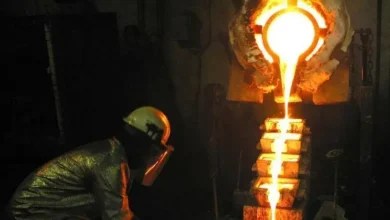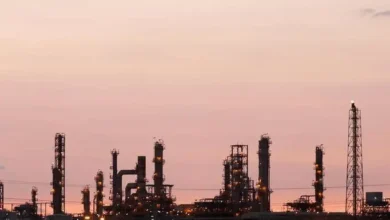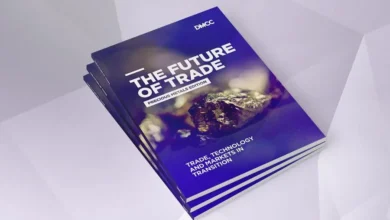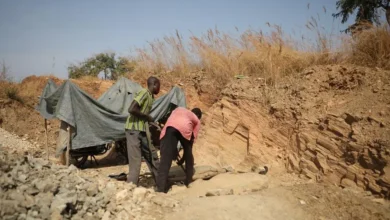
- Critical minerals are targeted due to their strategic importance in various high-tech industries, including electronics, renewable energy, and defense, highlighting Australia's recognition of the growing global demand for these essential resources.
Australia will spend A$566 million ($373 million) over the coming decade to map out resource deposits with a focus on reserves of critical minerals, which are vital for high-tech manufacturing and the green-energy transition.
“The world needs more of these resources — and our government is going to help Australia find more,” Prime Minister Anthony Albanese said in a speech delivered on Wednesday in Western Australia.
The funding will begin from July 1, and will be used by government agency Geoscience Australia to conduct surveys to identify potential deposits of critical minerals. It will also assess possible sites for carbon capture and storage or clean hydrogen projects.
Data from the surveys will be provided to exploration companies to better understand regional geology across the country with an aim to encourage private investment and drilling.
“Some 80 per cent of Australia is unexplored,” Warren Pearce, chief executive officer of the Association of Mining and Exploration Companies, said by email. “This program has the potential to open new mineral jurisdictions and unlock immense new mineral wealth for Australia.”
Australia is planning to ramp up production and processing of critical minerals such as lithium and rare earths, which are increasingly in demand and which the country has in large amounts.
The US and its diplomatic allies are keen to use Australian battery minerals as part of an effort to break reliance on Chinese supply for the materials, which are used in the production of solar panels, electric vehicles and lithium-ion batteries.
However, Australia has struggled to significantly ramp up production in some sections of the sector despite growing assistance from the government. The nation’s nickel industry in particular has suffered major setbacks early in 2024 following a rise in cheaper supply from countries such as Indonesia.
(By Ben Westcott)




